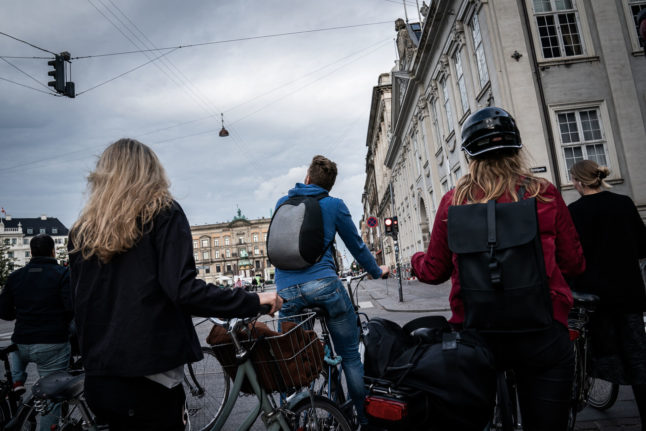The kolonihave is a popular way to access nature for Denmark’s city dwellers, with allotments rented through allotment organisations known as kolonihaveforeninger. They can also be purchased on the private housing market. But where does the phenomenon come from?
The allotments emerged in the late 1800s, when they were used by workers in densely populated cities as places to grow vegetables and relax.
They can be found all over the country and in most cases, the land on which the allotments and houses are built is rented from the state or municipality by the allotment organisation.
Since around the 1960s, the houses themselves have become more sophisticated, developing from being akin to a shed or beach hut. The most modern ones are now comparable to summer houses and may include amenities like electricity, hot water, a toilet and shower.
Many owners and tenants at the allotments now use them primarily for leisure purposes, rather than for growing vegetables. But it’s also still common to see greenhouses and small vegetables patches at the houses.
Legally, there’s a difference between the ground itself and any buildings (i.e. the kolonihavehus or “allotment house”) that are built on it, as real estate specialist media Bolius explains.
As a tenant or owner of a kolonihave, you have the right to use the ground and are permitted to build on it within certain limitations – these are set by various rules including national planning laws, municipal rules and the statutes of the allotment organisation responsible for the individual plot.
This is a key difference between the larger plots in summer house areas, which are specifically intended for living in.
READ ALSO: Summer houses in Denmark: What are the rules and when can you live in them?
Most allotments permit you to stay overnight, but some have rules restricting their use to daytime hours.
How do I become a kolonihave owner or tenant?
Most allotment organisations don’t own the land on which the plots are laid out, but rent it from the state or municipality on long-term agreement. A tenant is therefore technically subletting from the organisation.
In many municipalities, you must live in the same municipality as the allotment to be considered as a tenant.
The easiest way to get your own kolonihave is to find the organisation or kolonihaveforening you are interested in and contact them to ask if there are any available plots or if there is a waiting list. Be prepared for a possible long wait.
If there is a building like a kolonihavehus on the plot, this will be the property of the previous owner. You can buy it from them or look on second hand websites for other allotment houses that might be suitable for your plot.
Social media – notably Facebook – is also a good resource for finding and learning more about the allotments in your area.
Once you have secured a plot, you’ll have to familiarise yourself with the regulations set by the organisation. These can determine everything from the size of any buildings, the height of your hedge and the amount of garden maintenance you will need to do.



 Please whitelist us to continue reading.
Please whitelist us to continue reading.
Member comments